Behind the Lens: The Life and Times of Bob Mizer (Part II)
Author’s note: This is the second part of a four-part series designed to introduce the novice to photographer and filmmaker Bob Mizer. We will post a...
4 min read
Bob Mizer Foundation : May 16, 2017 11:04:00 AM
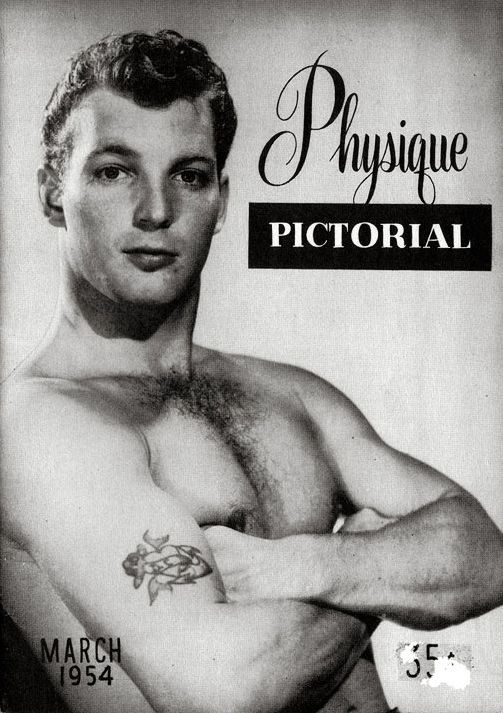
If the first issue of the upcoming Physique Pictorial relaunch is your introduction to Bob Mizer’s pocket-sized ode to beefcake, don’t worry – it’s never too late to learn about the history behind one of male physique photography’s most revered periodicals.
Mizer had been at the helm of the Athletic Model Guild for six years when, in 1951, he expanded his empire from shooting and selling still images of male bodybuilders to a dedicated clientele. Mizer decided he had enough talent and material to produce a regular magazine showcasing his models and funding his business’ growth.
 The first issue of Physique Pictorial, a new quarterly magazine that would revolutionize the way in which closeted gay men connected with the objects of their desire, rolled off the presses in 1951. The cover of the first issue featured a drawing by fellow artist George Quaintance, and Quaintance’s work would be prominently displayed within the pages of Physique Pictorial for the rest of the decade.
The first issue of Physique Pictorial, a new quarterly magazine that would revolutionize the way in which closeted gay men connected with the objects of their desire, rolled off the presses in 1951. The cover of the first issue featured a drawing by fellow artist George Quaintance, and Quaintance’s work would be prominently displayed within the pages of Physique Pictorial for the rest of the decade.
“Bob Mizer believed that competition among photographers and artists only made their work better,” says Bob Mizer Foundation President Dennis Bell, who is spearheading the resurrection of Physique Pictorial this summer (the first issue in nearly 30 years is set to publish and ship this August). “Not only that – he believed these artists should support one another, and so he was very generous in the space he offered in Physique Pictorial for the work of men like George Quaintance. I think Mizer figured, they were all trying to send the same message, so they might as well form a network of support, rather than create a culture of division.”
On the surface, that message, according to Bell, was the promotion of better living through the tenets of good health. Physique Pictorial regularly included tips on exercise for the novice and experienced bodybuilder, as well as photography techniques for those who saw life through a more artistic lens.
Throughout the pages of Mizer’s magazine, he also opined on a variety of topics, from freedom of artistic expression to politics.
“Take one look at Physique Pictorial, and you’ll see so much more than a beefcake mag,” Bell says. “You can trace cultural changes, social movements, and current events in Bob’s writings. From his opinions on Supreme Court cases to his statements on the Vietnam War, Physique Pictorial documented a changing society, and no one could document it quite like Mizer.”
 But, like those who jokingly admit that they read Playboy for the articles, the real draw of Physique Pictorial was the men who posed for it. The 1950s saw Mizer shoot images of models gazing longingly off-camera, or fixing their eyes to the heavens, as if deep in thought or prayer (in reality, many were glancing at their own reflections in a mirror fixed on a wall or ceiling). Many of the earlier images featured in the magazine included elaborate shadows dancing on the wall behind the flexing models – the patterns coming from nothing more than his mother’s depression glass.
But, like those who jokingly admit that they read Playboy for the articles, the real draw of Physique Pictorial was the men who posed for it. The 1950s saw Mizer shoot images of models gazing longingly off-camera, or fixing their eyes to the heavens, as if deep in thought or prayer (in reality, many were glancing at their own reflections in a mirror fixed on a wall or ceiling). Many of the earlier images featured in the magazine included elaborate shadows dancing on the wall behind the flexing models – the patterns coming from nothing more than his mother’s depression glass.
Throughout the years, many of Mizer’s models, such as Joe Dallesandro, would go on to enjoy film or TV careers. Others, like Monte Hanson and Jim Paris, became fan favorites and crossed over into Mizer’s films, which he also heavily promoted in Physique Pictorial. Images of nearly all models, however, were accompanied by a brief biographical paragraph.
“It was just another way that Mizer tried to connect his models with his readers, fleshing them out and making them more real and more accessible,” Bell says. “These men came from everywhere, they worked or wanted to work in a variety of industries, they had families. But for that one moment, all eyes were on them, and they achieved a kind of fame.”
Underneath the veneer of healthy living, of course, lie the real reason why Physique Pictorial was so popular – the men were simply sexy. The pocket-sized dimensions of the magazine made it discreet and easily concealable for the gay men who enjoyed them.
 A model’s full, sexy splendor wasn’t on display until 1968, when the U.S. Supreme Court declared nudity in art not obscene. Until that time, male physique models were restrained by posing straps (the precursor to the g-string). With the court’s ruling, Mizer nudity burst onto the pages of Physique Pictorial unceremoniously in the late 1960s. Now, the muscular bodies left absolutely nothing to the reader’s imagination.
A model’s full, sexy splendor wasn’t on display until 1968, when the U.S. Supreme Court declared nudity in art not obscene. Until that time, male physique models were restrained by posing straps (the precursor to the g-string). With the court’s ruling, Mizer nudity burst onto the pages of Physique Pictorial unceremoniously in the late 1960s. Now, the muscular bodies left absolutely nothing to the reader’s imagination.
The 1970s saw the continuation of a Mizer specialty in Physique Pictorial – the subjective character analysis. For the past several years, Mizer, who had harbored an interest in astrology his entire life, had included a series of symbols next to the model in a given photograph. Each symbol translated into a different personality trait (for instance, an ‘x’ with prongs on all four ends marked the model as having a boastful or arrogant personality). The subjective character analysis, whose code sheets are housed at the Foundation’s headquarters, was yet another unique feature that set Mizer apart from his peers.
As the Golden Age of Pornography accelerated the need for Physique Pictorial to embrace a fresh, new look, the look of Mizer’s models changed, too. Whereas Mizer’s models of the 1950s and ‘60s were clean-cut, cherubic, boy-next-door musclemen, the models of Physique Pictorial in the 1970s embodied a rough, tough-guy look.
 “Models in those days weren’t of the swords-and-sandals variety,” Bell notes. “There were a lot more motorcycles and tattoos – the quintessential bad boy was present in Mizer’s works for years, but he really took front and center in the ‘70s.”
“Models in those days weren’t of the swords-and-sandals variety,” Bell notes. “There were a lot more motorcycles and tattoos – the quintessential bad boy was present in Mizer’s works for years, but he really took front and center in the ‘70s.”
The 1970s and the 1980s saw general declines in Physique Pictorial’s circulation as home video rose in popularity and prominence. Mizer continued the production of Physique Pictorial, of course, always seeing his publication as another art form through which he could share the beauty of the nude male. Known for his grueling work schedule, Mizer’s work rarely slowed down, as he continued shooting a model here, adorned in a sombrero with his asshole opened wide, or another there, nude and shackled, flying through the air on a harness with a grin on his handsome face.
Still, every empire throughout history has come to an end one way or another, and Mizer did all he could to continue his throughout his increasingly worsening health problems, including gout. The last issue of Physique Pictorial came out in 1990, only two years before Mizer’s death, having survived a societal shift from the primary consumption of printed material to a heavier focus on film and television.
Thankfully, for Mizer and for Physique Pictorial, media popularity is cyclical. Just like every kind of media, there comes a time when a media form becomes popular once again. It’s happened with vinyl records in an era of Mp3s, and print media is seeing a similar resurgence, too.
“Now is the perfect time to continue what Bob Mizer started with Physique Pictorial,” Bell says. “We’re excited to be able to introduce a whole new generation to it, and, 25 years after Bob's death, we believe this is an incredible way to honor his memory.”
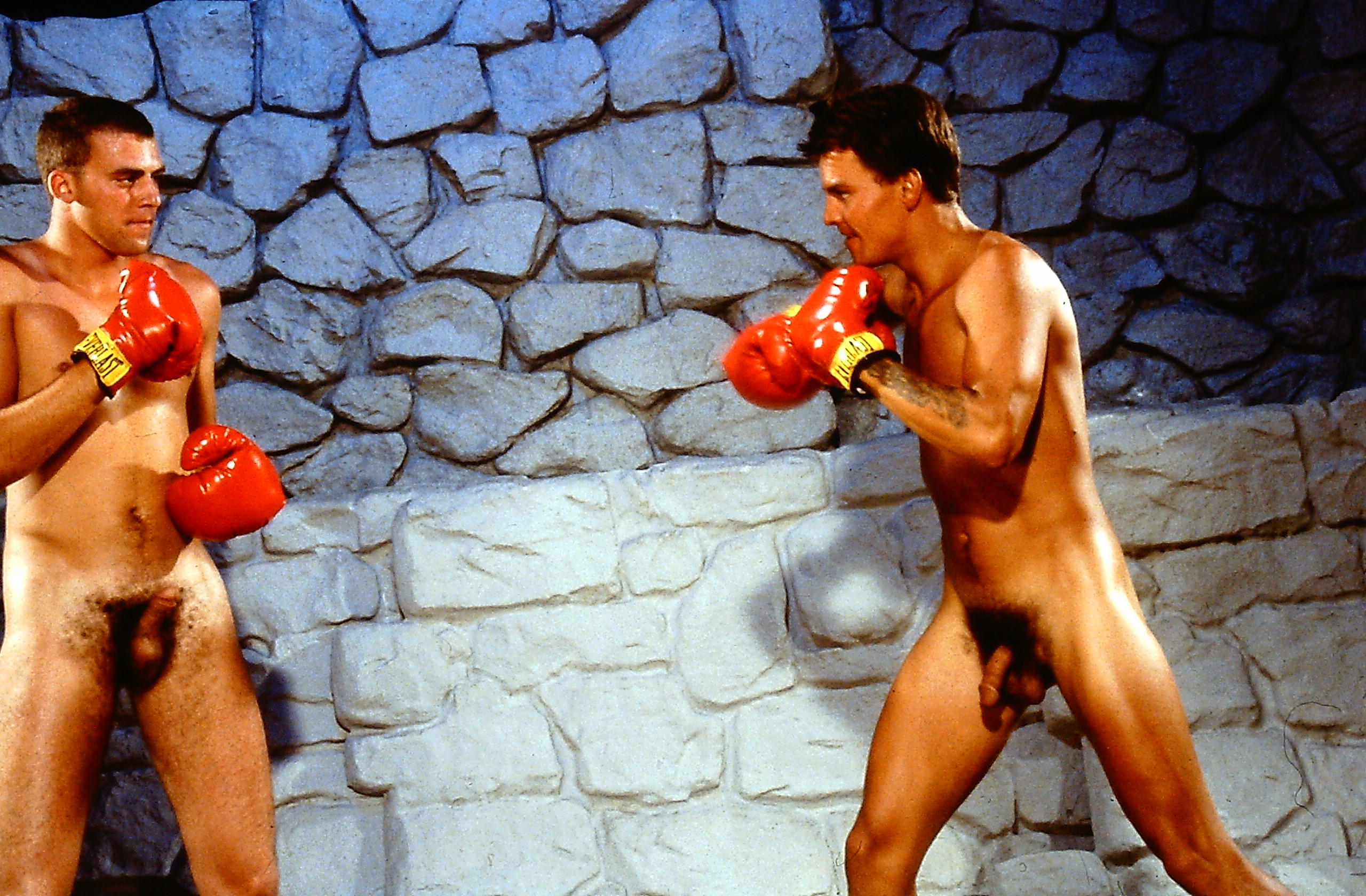
Author’s note: This is the second part of a four-part series designed to introduce the novice to photographer and filmmaker Bob Mizer. We will post a...
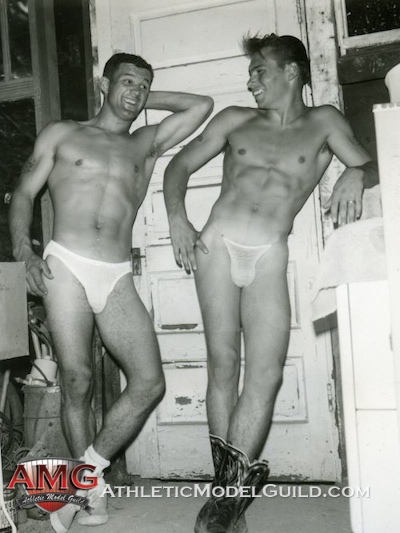
Yes, but probably not the Rock Hudson you’re thinking of.
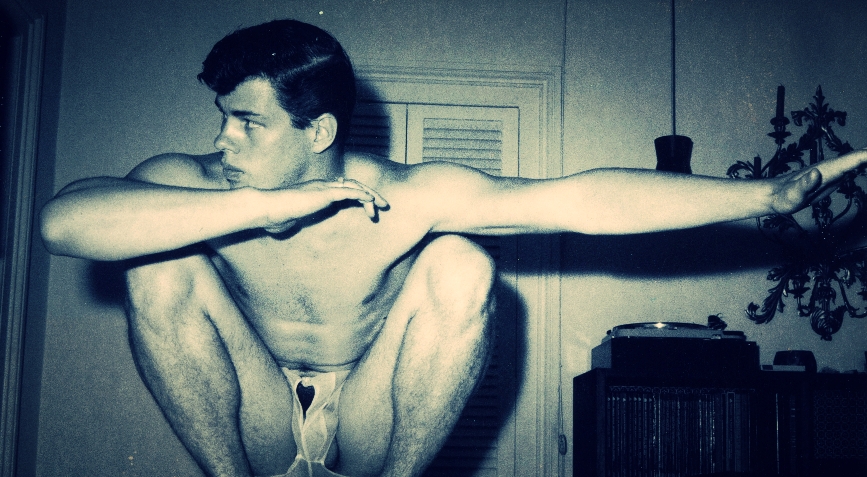
When male physique photographer and COLT Studio founder Jim French died in his sleep on Thursday evening, he left behind a mammoth body of work that...
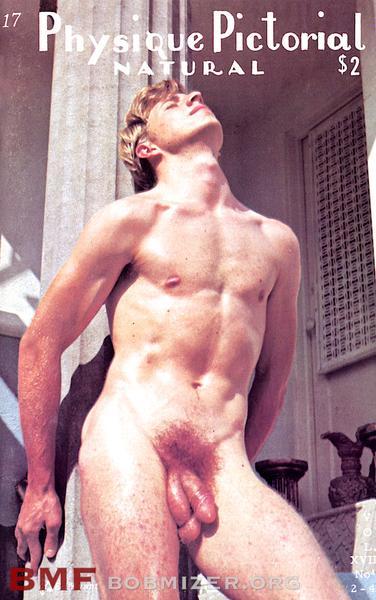
Only mere months after the U.S. Supreme Court declared nudity in art to be not obscene, Bob Mizer was among the first to feature nudity in his male...